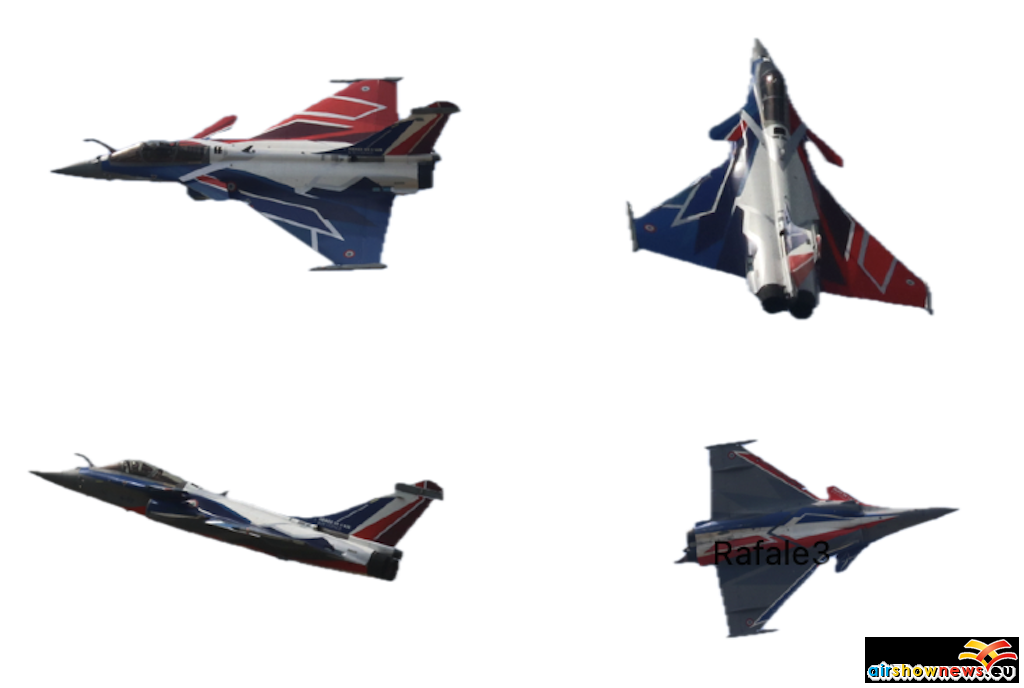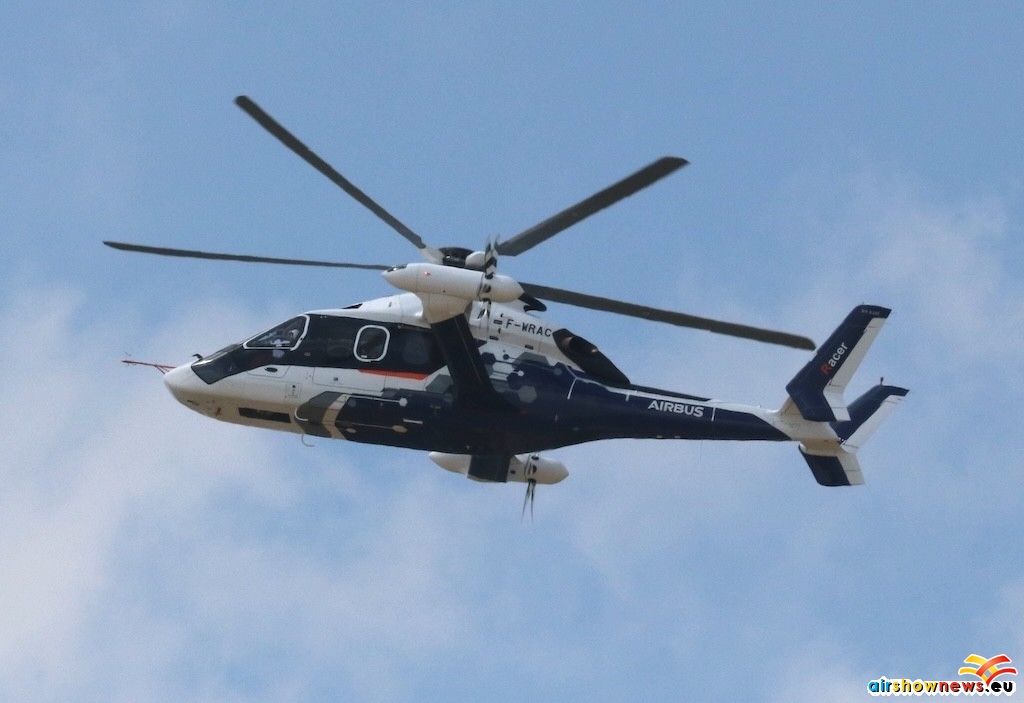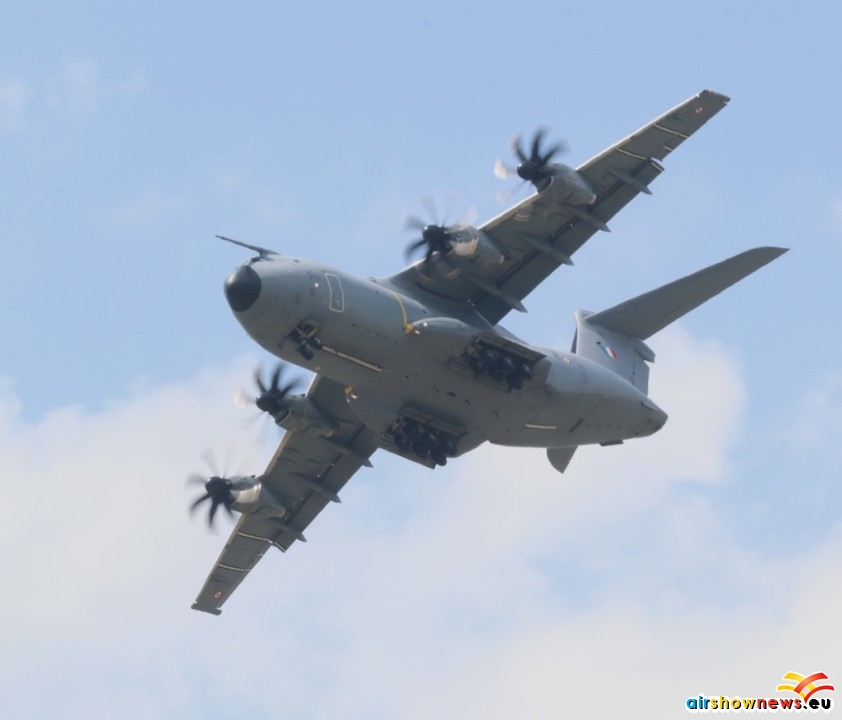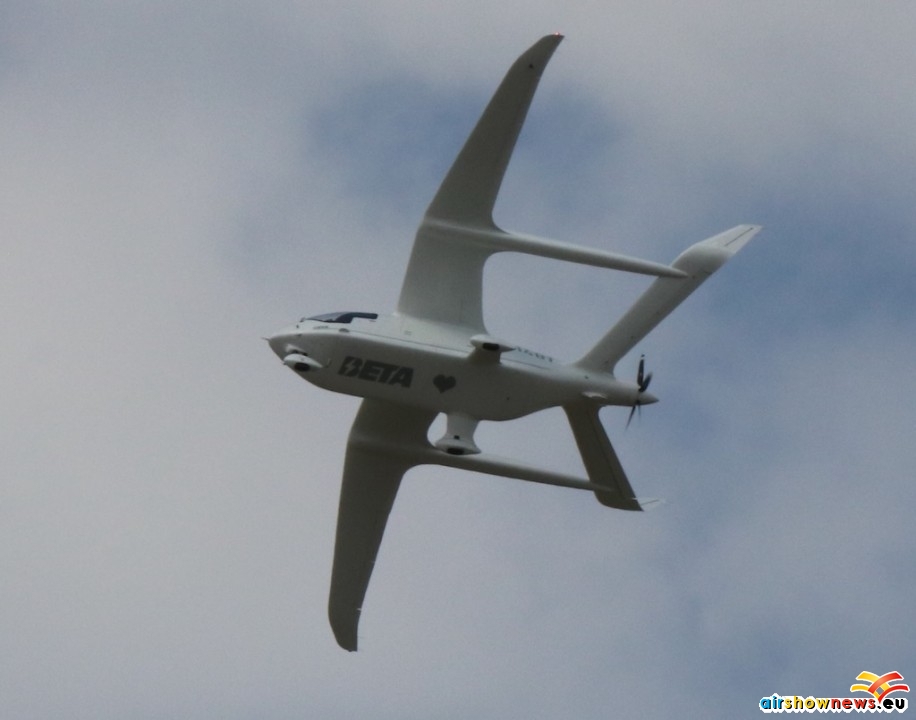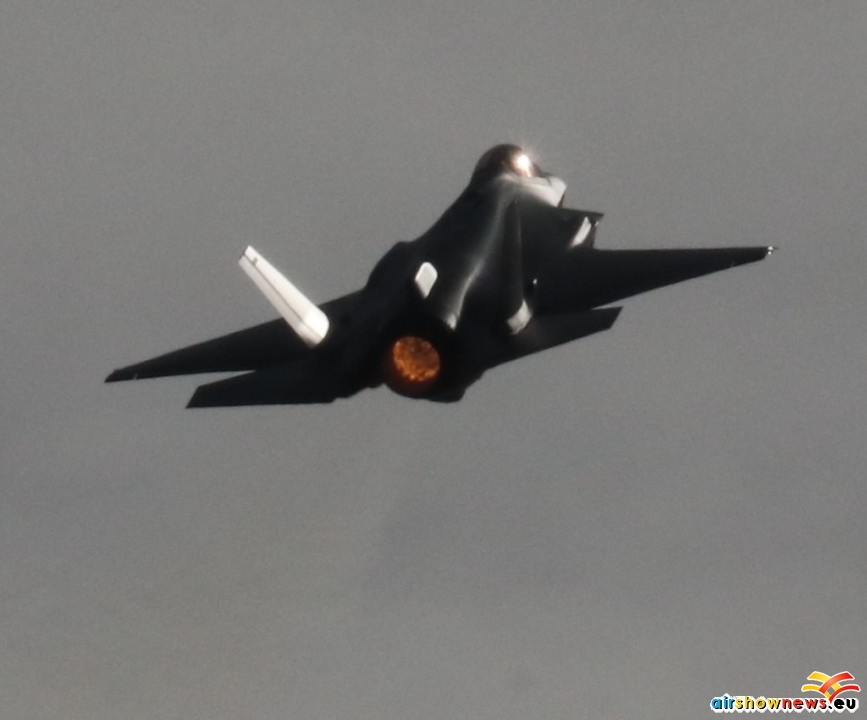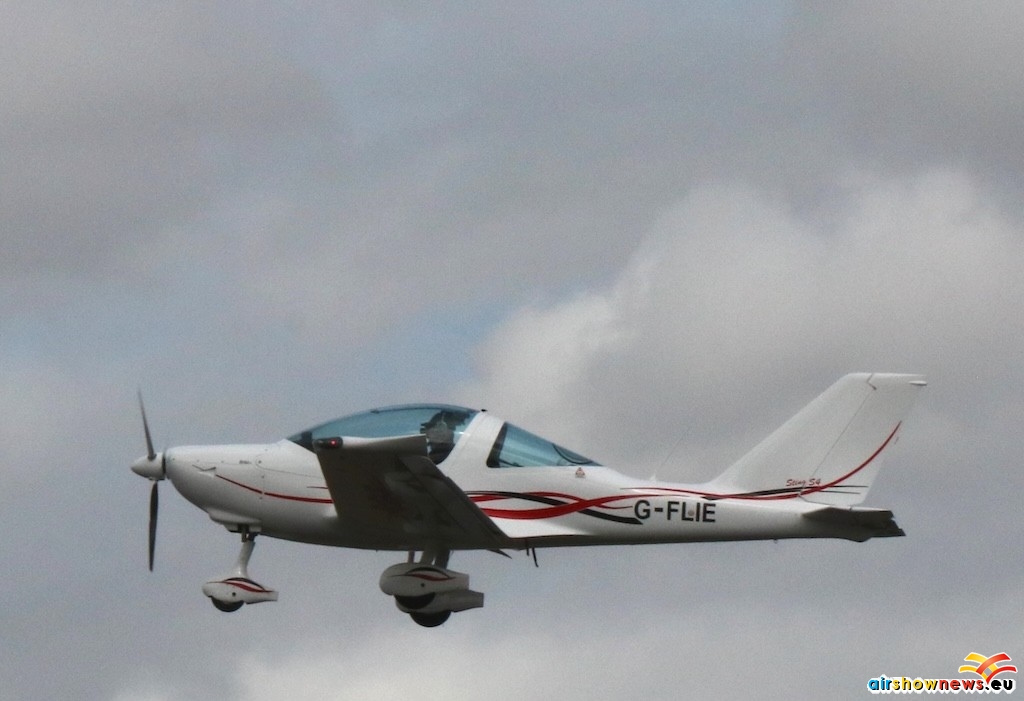Le Bourget, Paris, 16-22 June 2025
Report by Peter Davison & Colin Coulthard
This biennial trade extravaganza attracted large crowds with even more Exhibit Halls and Chalets than usual; even reducing the static display areas a little. The impressive static line up was dominated by French industry, American military (Though no more than usual) and a varied selection of proposed designs from Turkey. Numerous speculative models and prototypes of electric aircraft and unmanned proposals though none, as yet, address the piloting and ATC issues affecting this sector when operating in crowded airspace or over densely populated regions – Europe has both.
The star exhibit to our mind was a Global Express executive jet bristling with military aerials from the United Arab Emirates; this unique jet is unlikely to appear in Western European skies and demonstrates the versatility of these large business aircraft for ‘special missions’. Naturally the Gulfstream business jet sector was also on site and the adjacent Le Bourget ramps were also packed with executive jets from across the world.
Airbus featured heavily with a range of rotary types and the latest range of airliners; the highly desirable A321 and the A350-1000 with the latest Emirates example gracing the static park. the 350-1000 was thrown around the sky in a manner totally unacceptable to passengers. Boeing, on the other hand, relied on new operator Riyadh Air for the Boeing 787 example having, it seems, decided to retain their problematic 737 MAX demonstrators in Seattle with their long awaited 777-900 still sitting in lines for major carriers.
Although the Airbus A400 heavy prop transport is popular with major nations and still being built in large numbers in Seville, Spain many smaller nations have recently opted for the cheaper and more compact KC390 from Embraer in Brasil. This versatile jet transporter, with the established reputation of the manufacturer built on a series of jet commuter airliners is now outselling its American and European competitors, particularly to nations feeling under threat from aggression as defence budgets increase across Nato.
On a lighter side those concepts shown last time around as models or sketches are now appearing full size in model form or even as flying prototypes. This is not the place to offer detailed specifications or assessments of suitability but the prospect of airframes in totally new shapes with multiple miniature rotors and or engines may offer safety challenges for boarding crews and passengers. Hopefully bird strike risks and recycling considerations have been assessed in detail. Certainly future ‘shapes in the sky’ are going to change over the next decade.
